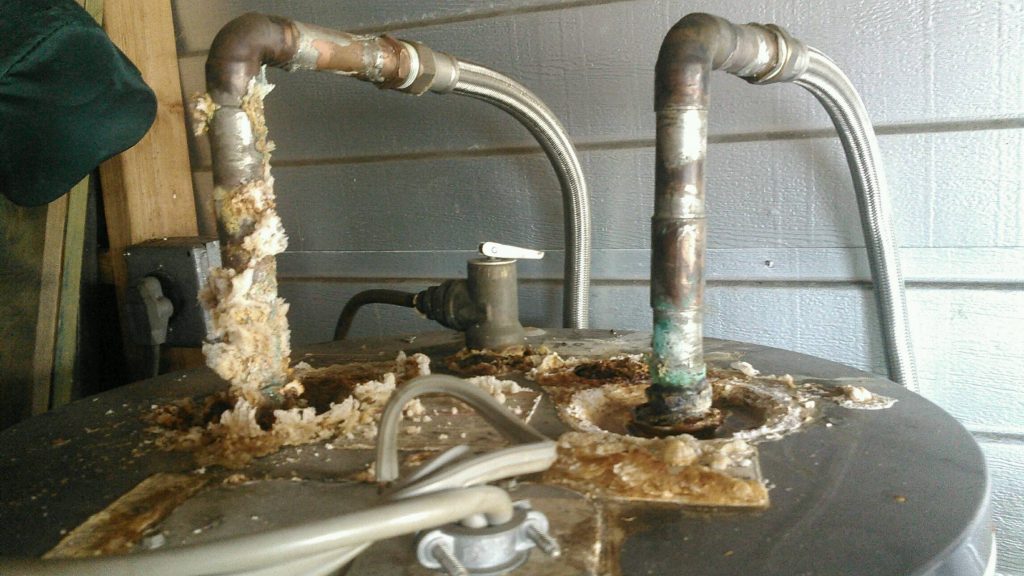It might shock you to learn that over 75% of the homes in the United States have what is considered hard water. That means there is an excessive amount of minerals in the water. And unfortunately, those minerals do some significant damage to your home’s plumbing system, especially the water heater. But sadly, you might not be motivated to take action until you have paid for a new water heater and professional installation. Hopefully, this information will help you protect your water heater from corrosion and save you much money.
Understanding Corrosion
Today’s water heaters have many intricate parts that allow them to meet the hot water needs of your home. However, most of these parts are not unitized, so a licensed plumber can make many repairs to a water heater for a fraction of the cost of a new unit. However, when rust and corrosion compromise the integrity of the holding tank, there is no safe industry-standard repair that can be made. The only choice is to replace the entire water heater.
Unfortunately, some people insist on repairing a rusted or corroded tank. And if the patch holds at all, it will not last for very long. Soon hot water will seep from the tank and create a potential burn hazard and electrical risks. So be prepared for a costly replacement bill when you see water oozing out of the side of your home’s water heater holding tank.
The Signs Of Holding Tank Corrosion
If you see any flecks of rust in your hot water, that is your early warning sign that the tank has some damage inside. Also, from the tank’s exterior, you might notice an area that looks like the paint is bubbling or slightly bulging. This is a sign that the rust or corrosion is nearly through the tank wall, and it will soon be leaking. A call to your licensed plumber for a replacement is the next order of business to avoid a potentially hazardous water heater leak.
Preventing Costly Water Heater Corrosion
It takes considerable time for the minerals in hard water to eat through the wall of your water heater holding tank. So the best way to avoid this costly issue is with preventative care, including draining and flushing the holding tank every six to twelve months. Opening the drain valve at the tank’s base allows all the sediment to drain out, and the flush works as a final rinse to ensure the tank is clean.
The second important maintenance task is to inspect the anode rod. It is a rod inserted into the top of the tank, typically with a large hex-shaped cap. This rod is made of more corrosive metal than the wall of the holding tank. So it will attract all the particles that would have electrochemically dissolved the tank if it were not there. Replacing this rod as needed will prevent the corrosion and destruction of your water heater tank walls.
Call (301) 278-8786 to schedule any water heater services needed with A Better Plumber licensed professionals.








